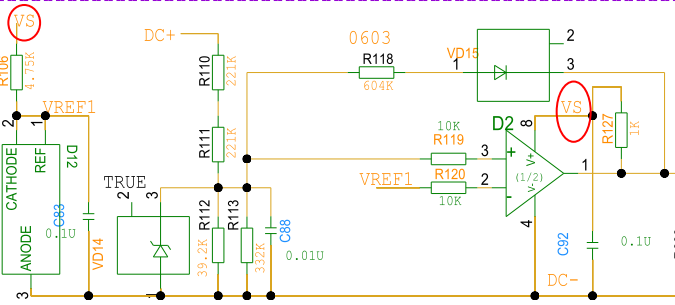Other Parts Discussed in Thread: LM393, TLV7022
Hi dear expert,
My customer uses LM2903 as below application:
Vs=4V; In-=Vref1=2.5V; In+=4.5V;
In+ exceeds Vs 0.5V, and In- >Vs-2V as datasheet requires. Will this cause device damage and function not correctly?
datasheet also says: "The comparator consists of a PNP darlington pair input, allowing the device to operate with very high gain and fast response with minimal input bias current. The input Darlington pair creates a limit on the input common mode voltage capability, allowing the comparator to accurately function from ground to VCC– 1.5 V input. Allow for VCC– 2 V at cold temperature."
Customer mainly uses LM2903 in higher temp, so it meets Vicp< Vcc-1.5V. If customer uses in high temp scenario, will this application work correctly?
Thanks a lot for your reply in advance.
Joyce Li



